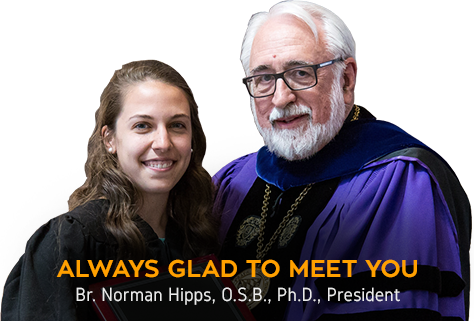Recently, Dr. Gail Fairhurst (a friend, mentor and colleague of mine from the University of Cincinnati) visited Saint Vincent to give a guest lecture on her research. While her comments were primarily about how to be an effective leader through focusing on communication style, she also talked about the nature of problems that leaders must solve. I am reminded of some research of hers that I read in which she identifies problems as “wicked” when they are challenging to describe, difficult to solve and closely related to other problems. She and her colleagues term these to be problem “knots” because they are often tangled together in such a way that multiple problems relate to, confuse and add to each other (Sheep, Fairhurst, & Khazanchi, 2017).
But, even wicked and tangled problem knots can start to be unraveled when we go to the source of where a problem occurs. As Dr. Abbot Maginnis (one of my colleagues at the University of Kentucky’s True Lean Center) would state, going to the source of a problem is the most important first step to problem-solving and it is crucial to continuous improvement initiatives.
Let me give an example. Recently, some researchers from other higher education institutions and I were having an argument over email about a project on which we were collaborating. We went back and forth arguing because of a miscommunication – one of my colleagues had misinterpreted something I typed and our conflict escalated over the next few days as we sent messages back and forth. In this case, going to the source would have meant going back to our first email and having a phone conversation (since we live far away from each other, face-to-face interaction was not practical) to better articulate our points to identify and explain our misunderstanding.
 Such a recommendation is as simple as it sounds. In fact, it’s so simple that it is the moral of the story of a young children’s book (which happens to be one of my baby’s favorites). In “Big Dog…Little Dog” (Eastman, 2010), Fred and Ted are two dogs that get tired after a long day of skiing and ice skating. They find a small hotel but cannot sleep that night. In the “big dog’s” room is a bed that’s too small while in the “little dog’s” room is a bed that’s too big. When they are both tired the next day due to lack of sleep, a bird who looked through both windows (i.e., was at the source of the problem) suggests that they trade rooms/beds. In his final statement, the bird says “Big dogs need big beds and little dogs need little beds. Why make big problems out of little problems?”
Such a recommendation is as simple as it sounds. In fact, it’s so simple that it is the moral of the story of a young children’s book (which happens to be one of my baby’s favorites). In “Big Dog…Little Dog” (Eastman, 2010), Fred and Ted are two dogs that get tired after a long day of skiing and ice skating. They find a small hotel but cannot sleep that night. In the “big dog’s” room is a bed that’s too small while in the “little dog’s” room is a bed that’s too big. When they are both tired the next day due to lack of sleep, a bird who looked through both windows (i.e., was at the source of the problem) suggests that they trade rooms/beds. In his final statement, the bird says “Big dogs need big beds and little dogs need little beds. Why make big problems out of little problems?”
This is a very challenging question to each of us. Sometimes we make our problems larger than what they need to be because we don’t truly understand them. We don’t go back to the source where they first occurred. Maybe this prevents us from communicating effectively as in my example above. Maybe this results in quality issues in a manufacturing process. Regardless of the type of problem, going to the source to examine more closely how and why the problem has occurred is crucial. In an Operational Excellence/Lean context, this is related to identifying the “root cause.”
In closing, going to the source of the problem is helpful in determining the root cause. The concept is that we cannot solve a problem unless we can understand it by going to see the issues firsthand. This is potentially useful in many aspects of life from school, to work, to our personal daily routines and interactions.
Do you see the usefulness in going to the source of a problem? Have you ever found a time when going to see the problem firsthand was especially helpful? What are some of your most effective techniques for problem-solving? I’m looking forward to hearing from you! Email me at michael.urick@stvincent.edu, message me on Facebook (https://www.facebook.com/urickmj/) and LinkedIn (https://www.linkedin.com/in/michael-urick-05b775a3/) or leave me a comment below.
Dr. Mike Urick
Eastman, P. D. (2010). Big dog... little dog. Random House Books for Young Readers.
Sheep, M. L., Fairhurst, G. T., & Khazanchi, S. (2017). Knots in the discourse of innovation: Investigating multiple tensions in a reacquired spin-off. Organization Studies, 38(3-4), 463-488.


 中国学生
中国学生 Estudiantes
Estudiantes




